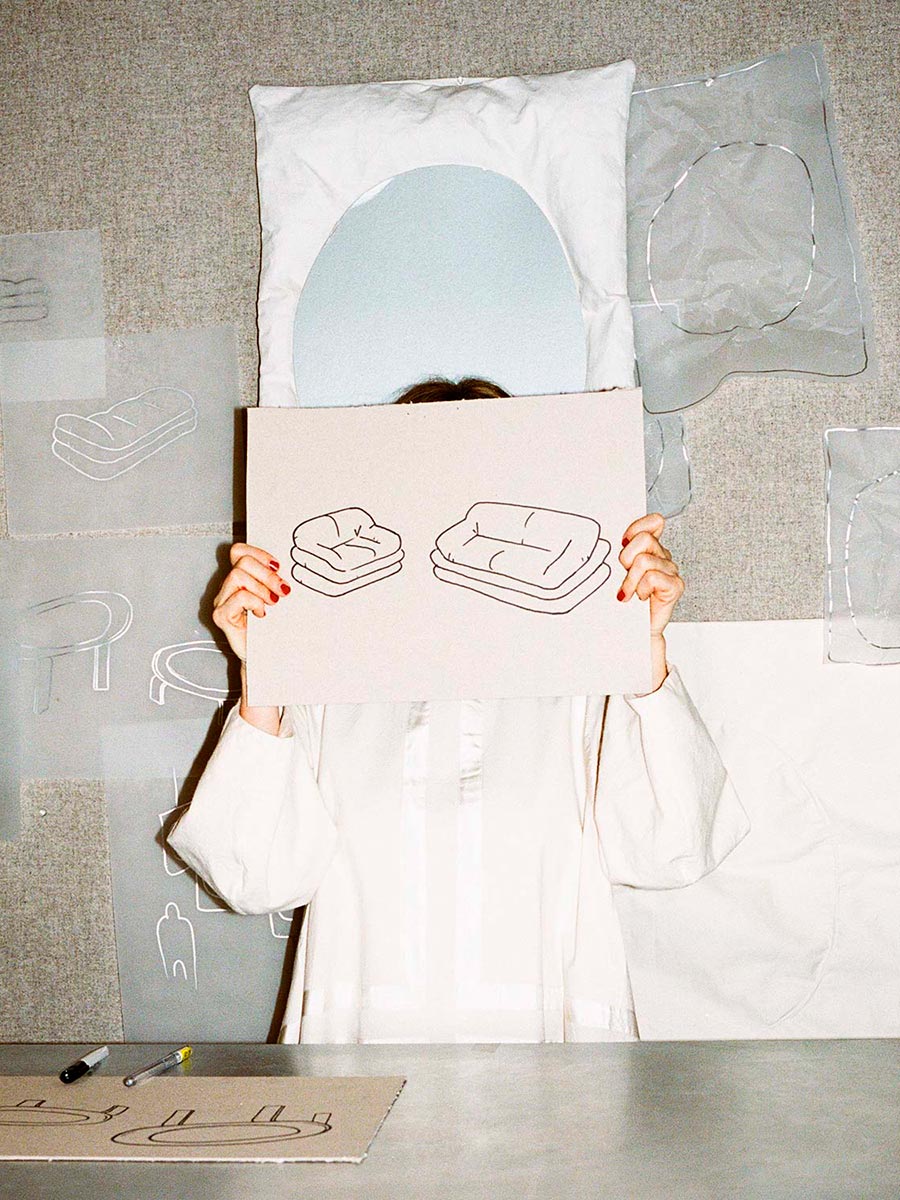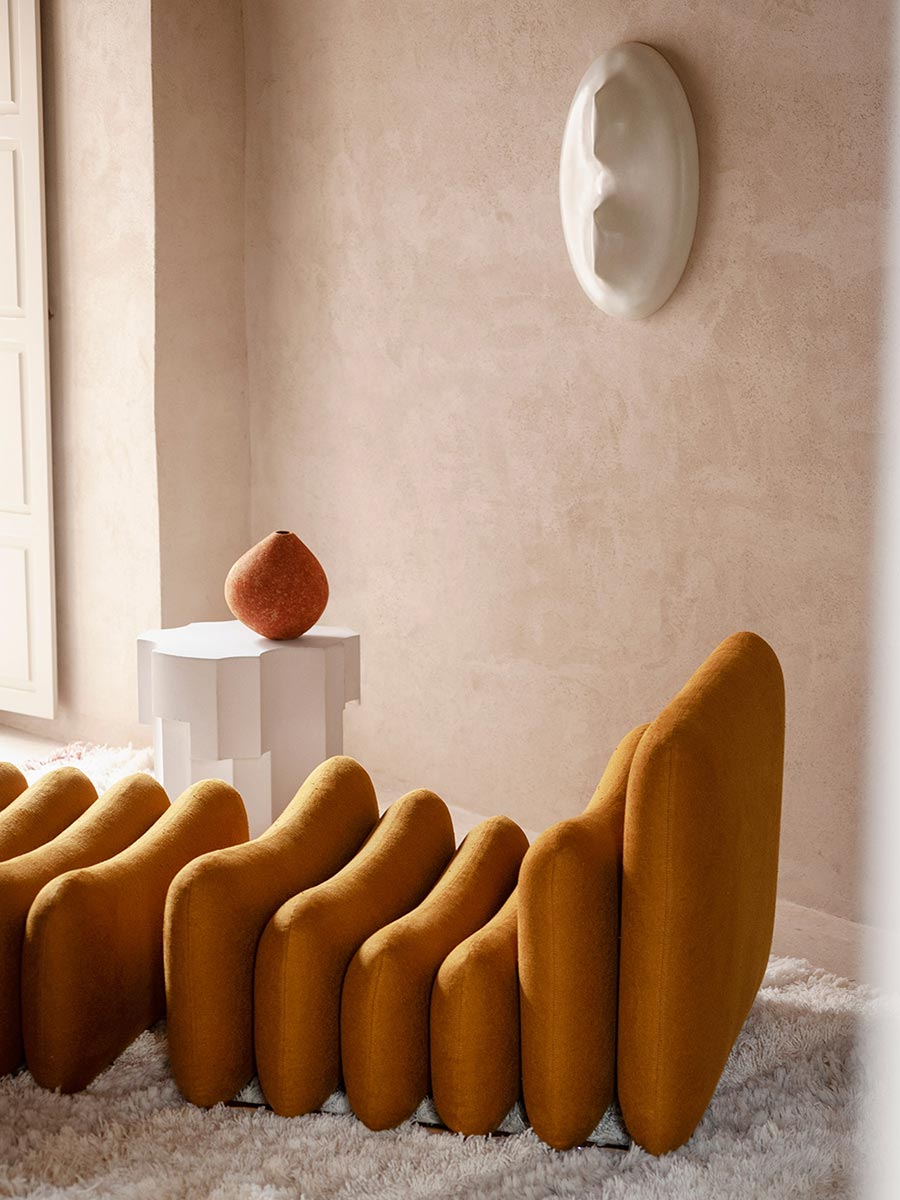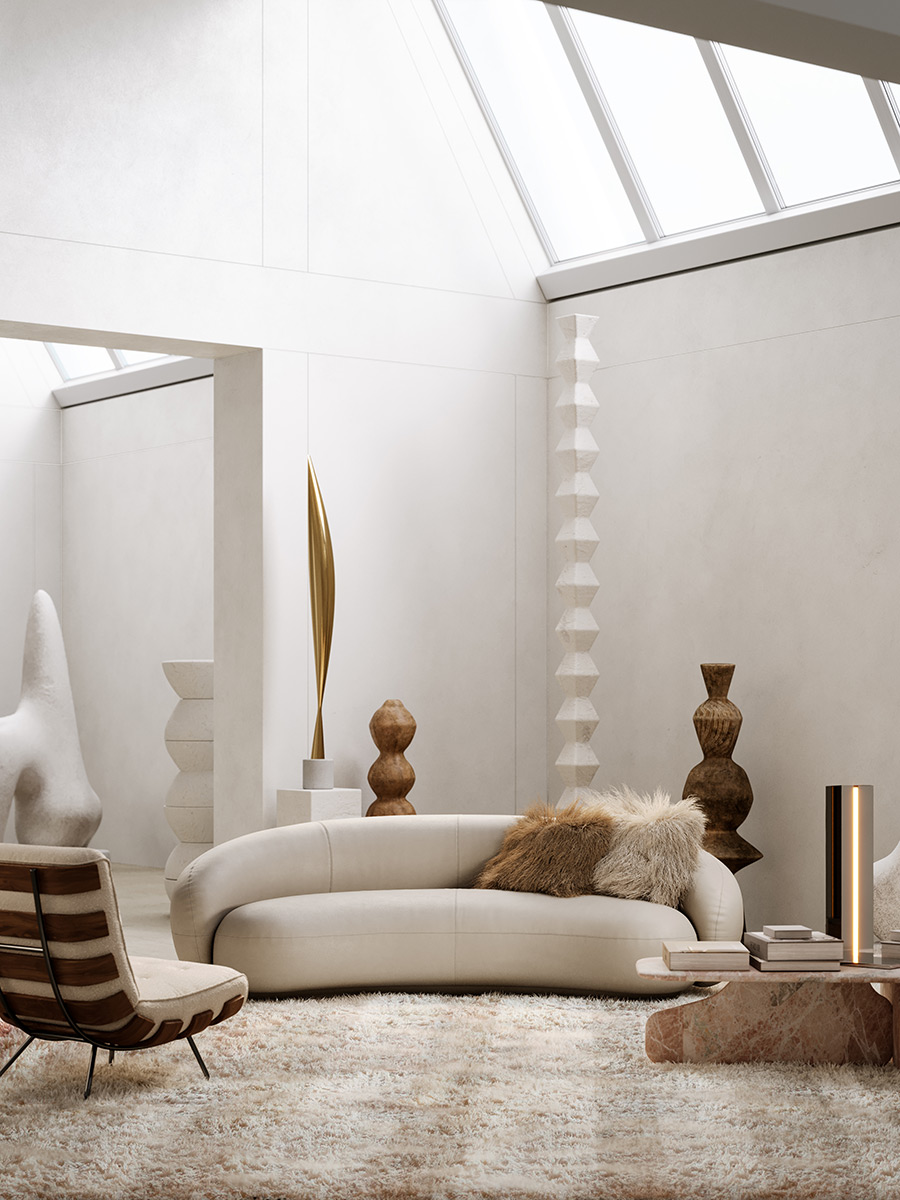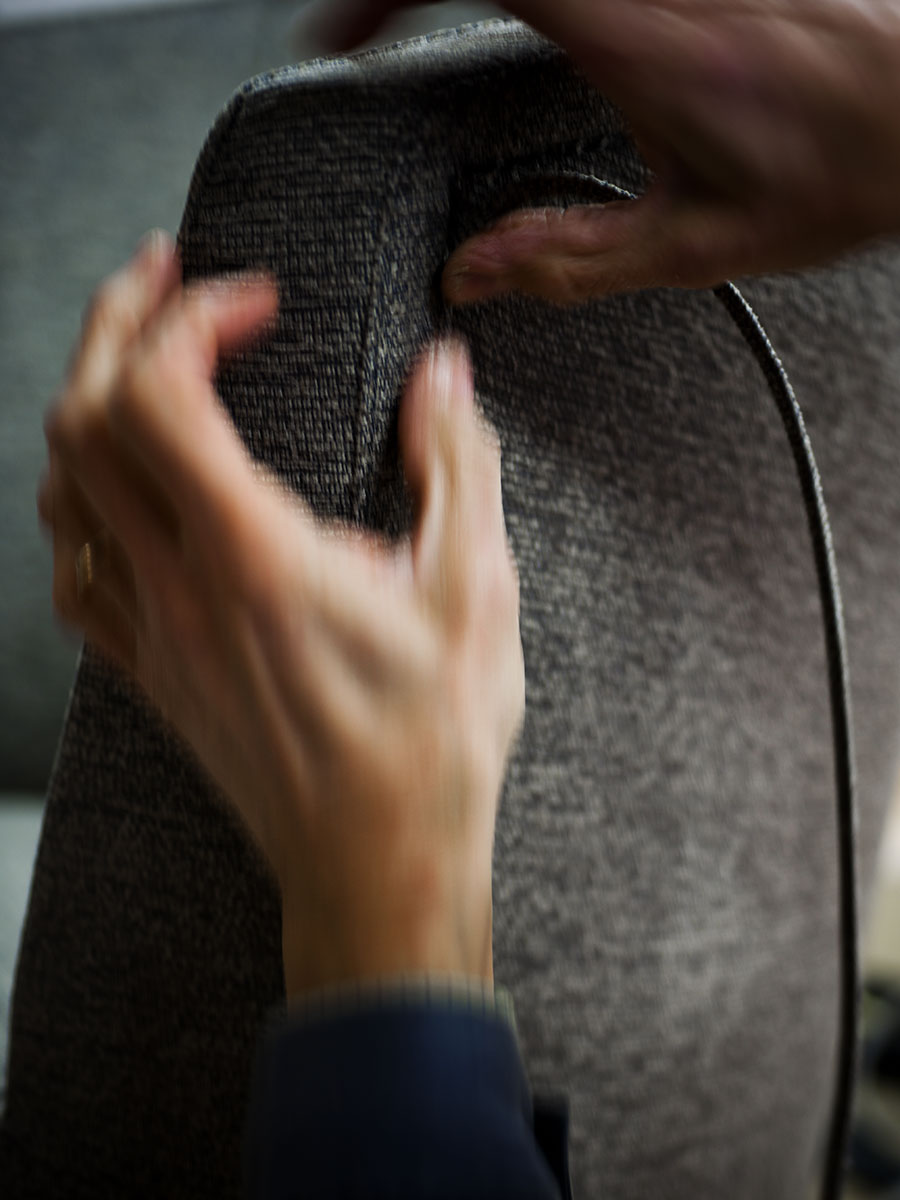Tobia Scarpa: between form and function
For Tacchini, Tobia Scarpa enriched the re-editions with the Pigreco, Dialogo and Sempronia chairs; in a recent interview, he shared his vision for their design: a deep understanding of the union between form and function honed and perfected over his entire career.
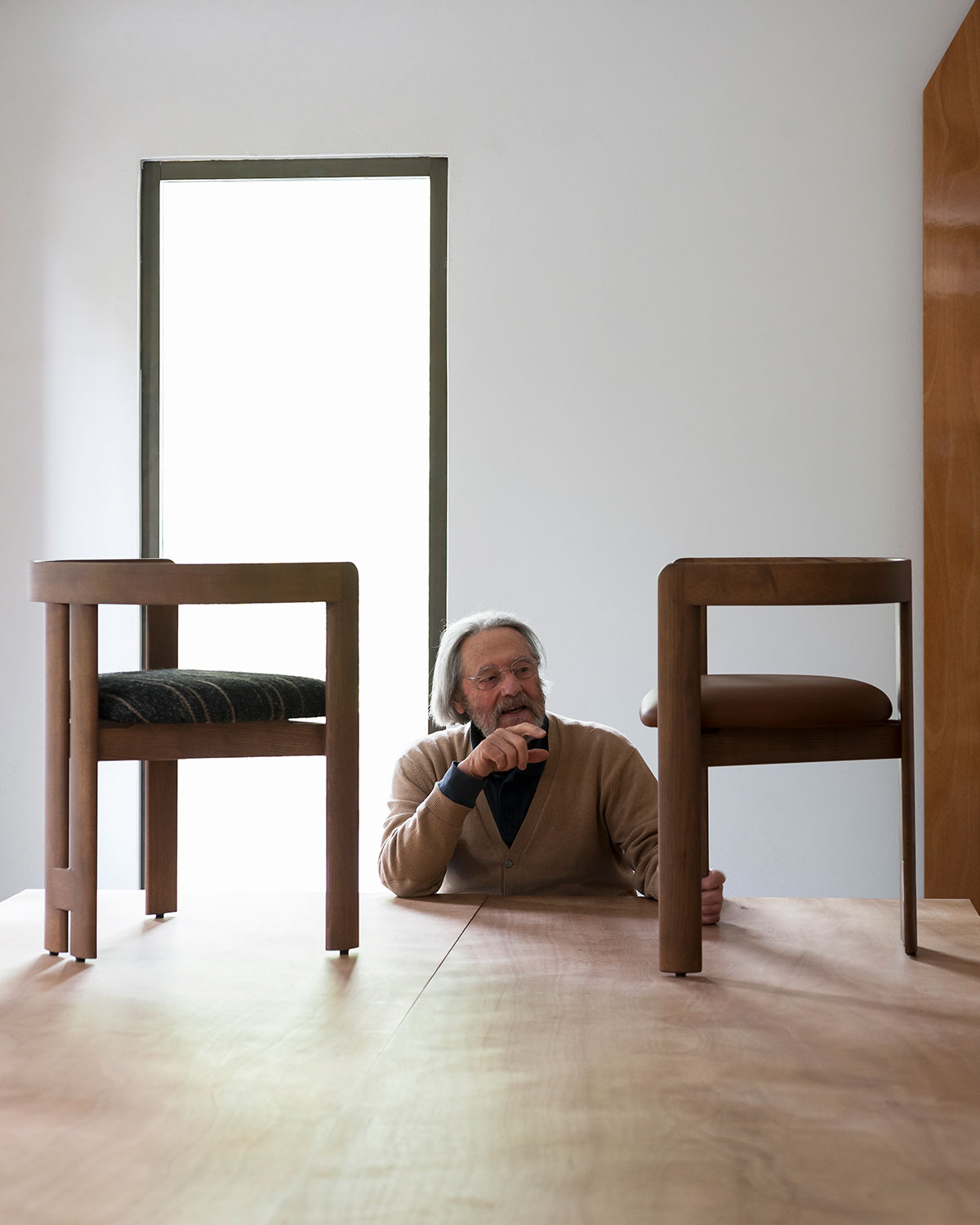
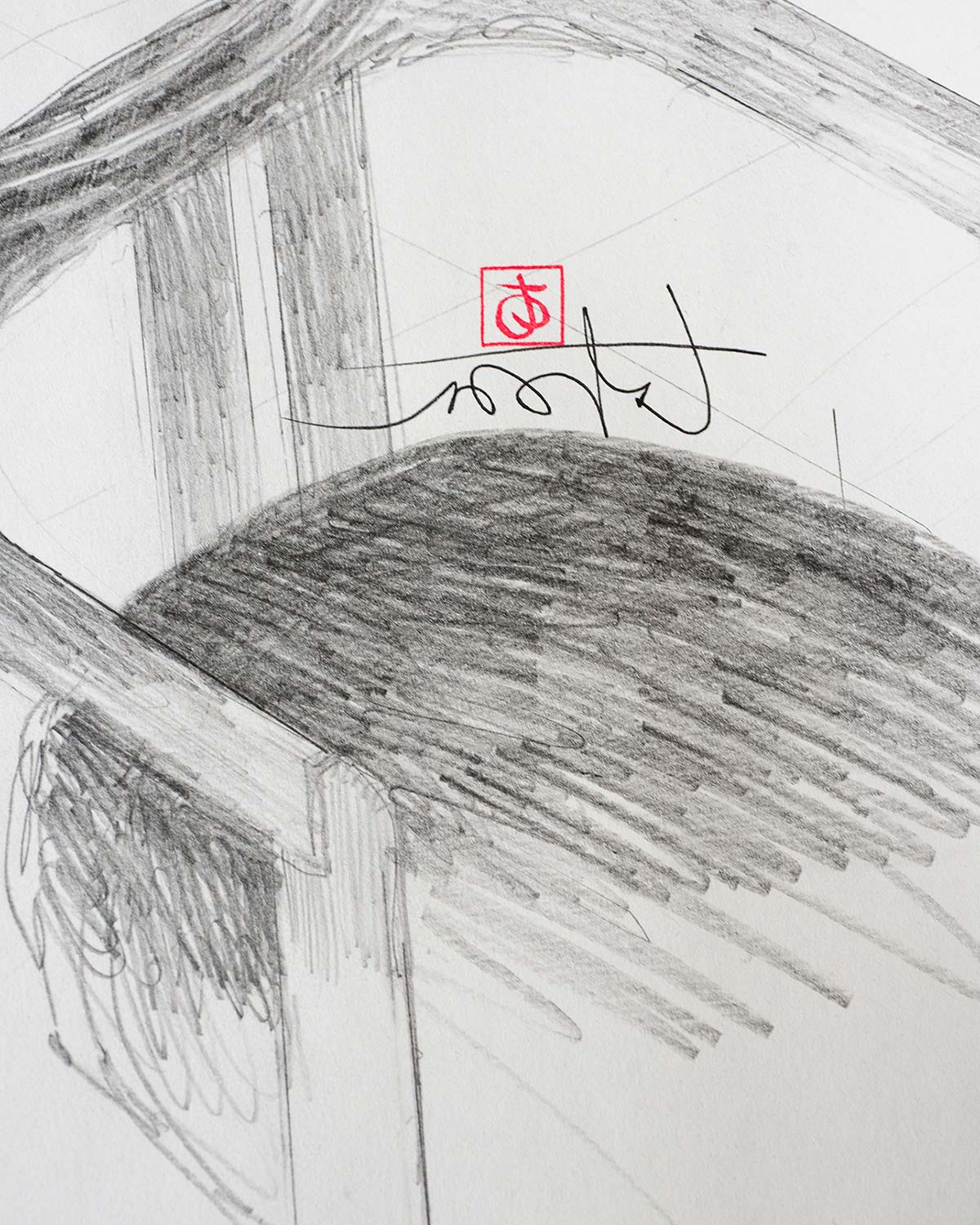
His first creation, Pigreco, is personal: it was born from a critical approach towards academic traditions, often responsible for pre-packaged truths that prevent us from going further and seeking a personal vision. Pigreco reinterprets elegance and simplicity “in Pigreco there is the traditional element, wood, which offers a more conventional shape in the field of chairs on the market and which therefore refers to elegance and simplicity”, finding its balance between stability and lightness without adhering to any trend line “there is building a chair like everyone else does, this running after an idea of structure, of a common form that leads to the same executive paths over time; we can build chairs that are profoundly different, but which in reality are the same thing because it is certainly not varying the thickness of a piece of wood that changes the structural element of that wood which, when placed on the ground and tied to certain wooden structures superior, offers the chair with all the variables that have occurred over time”.
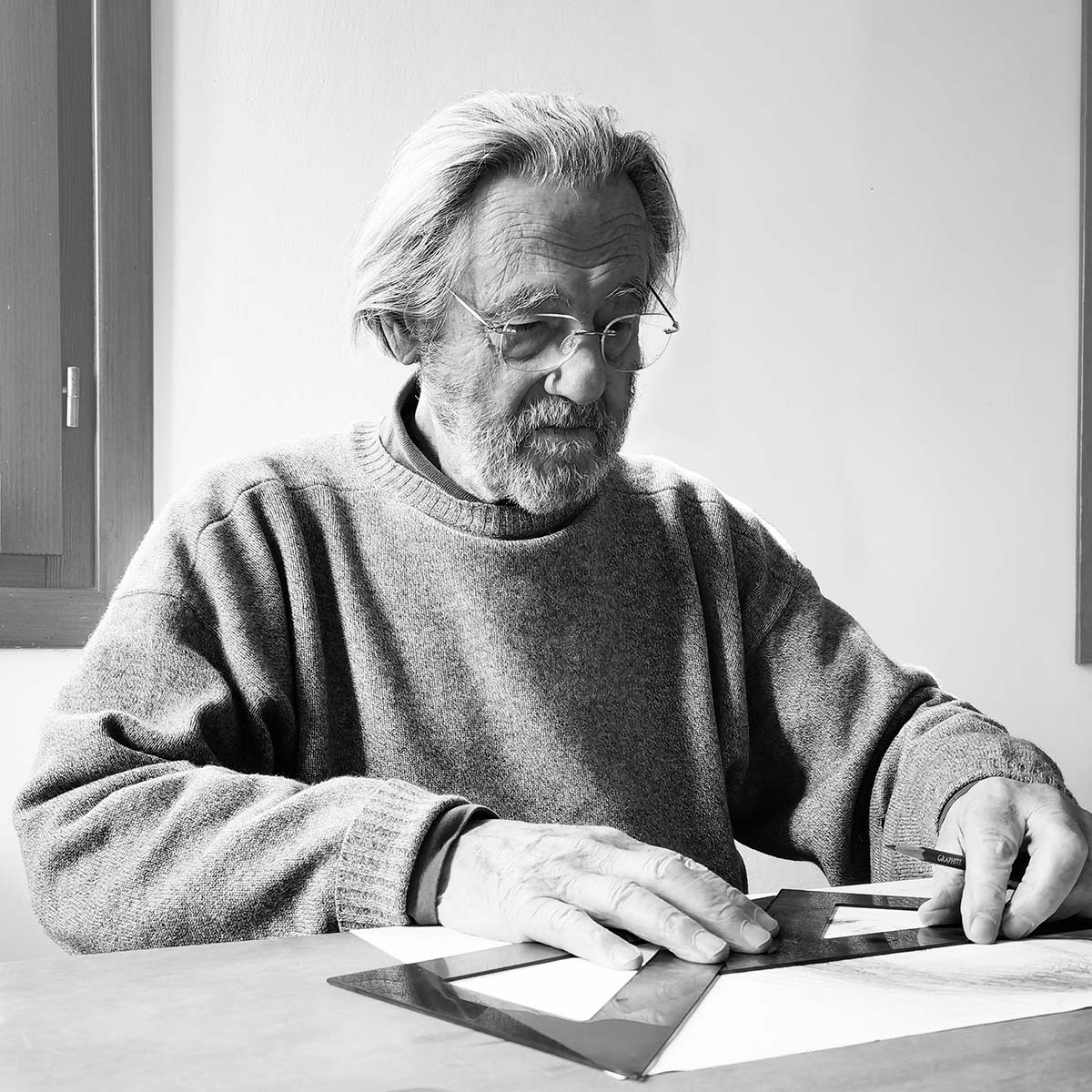
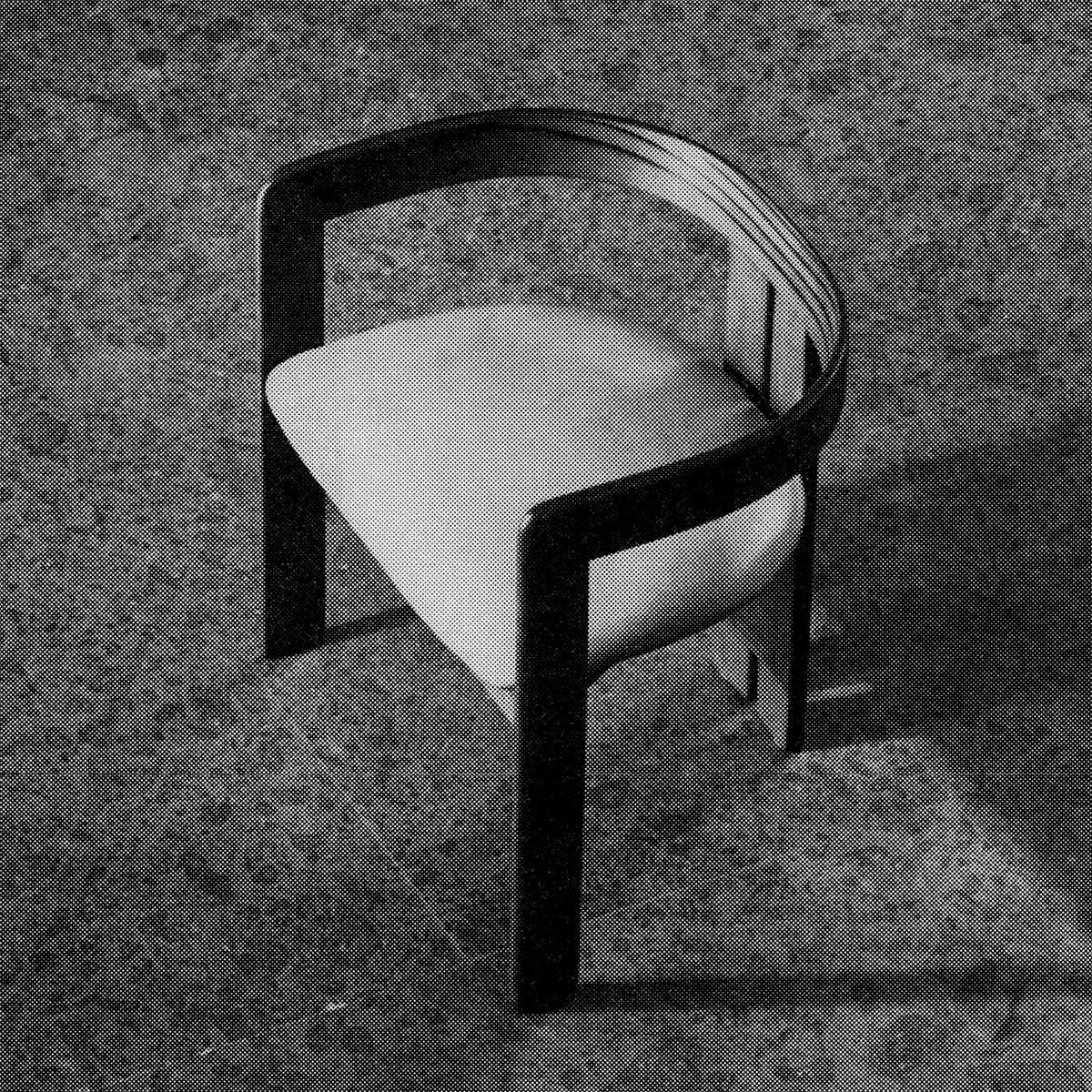
 Prev
PrevPigreco, Dialogo, and Sempronia were designed 14 years apart, but follow very similar executive paths. The designer defines them as “simple things from the past that chase each other: they can be similar, different, but still the same stuff”, using the term, “stuff”, so dear to the Venetian dialect to define things.
 Prev
PrevHis creations represent the continuity of fundamental structural concepts that reinvent themselves in similar forms, without compromising the idea of a correct, durable, and functional product: “Underneath, unseen, there is a whole play of element structures. It seems they are just pieces of wood placed on them, in reality, they are structural resistances that allow the chair to carry out its task. There are many dynamic elements, patterns on the shapes, and different materials: all these things have determined a very vast range of proposals, but what we have managed to do are consistent, powerful pieces of wood that demonstrate that we are here, and we won’t let you move”. In his philosophy based on the essential, technologies emerge gradually allowing extraordinary variations “we must offer those who sit the certainty of not falling to the floor. Then the desired technologies emerge step by step to obtain different shapes and, from there, all the amazing variations.”
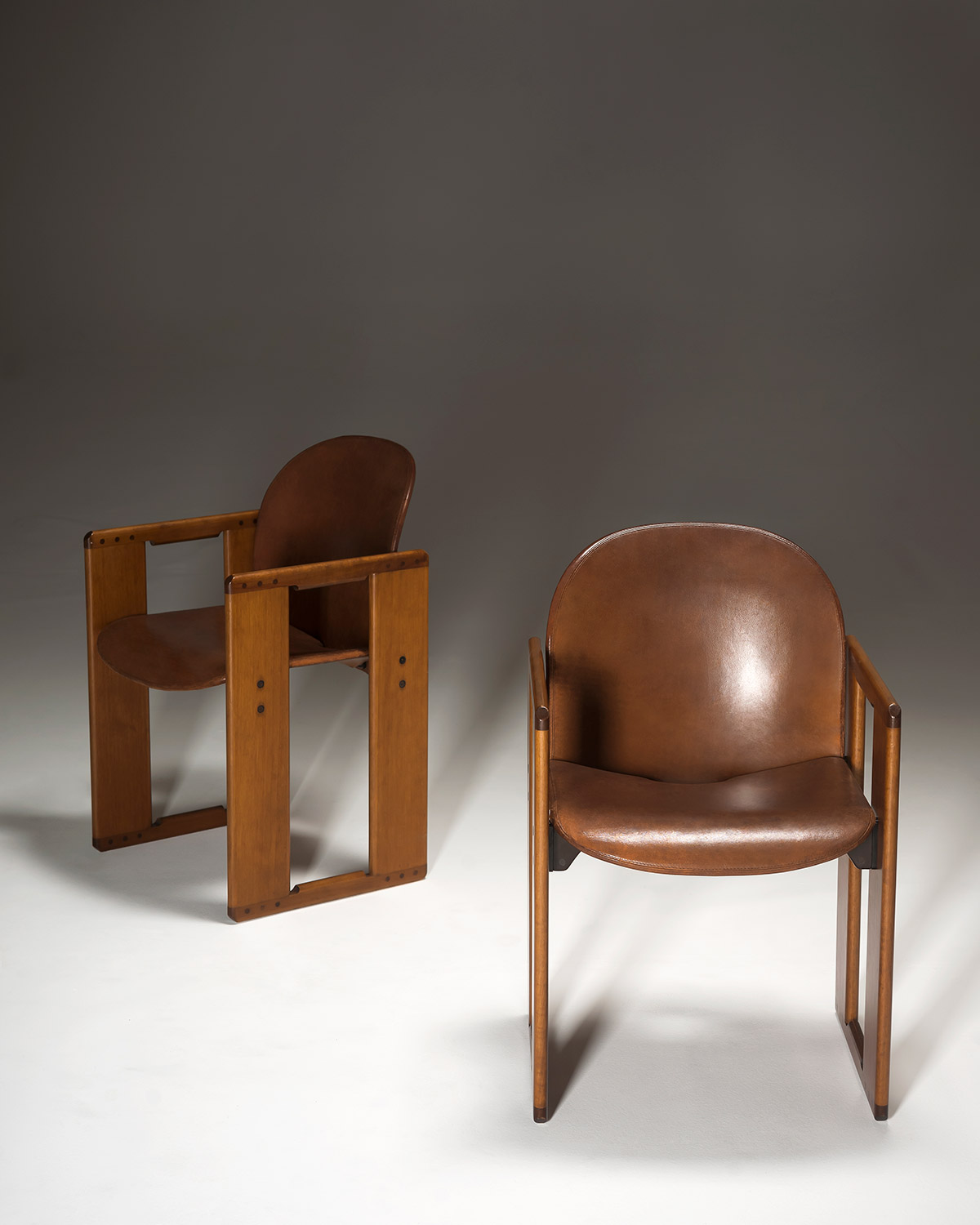
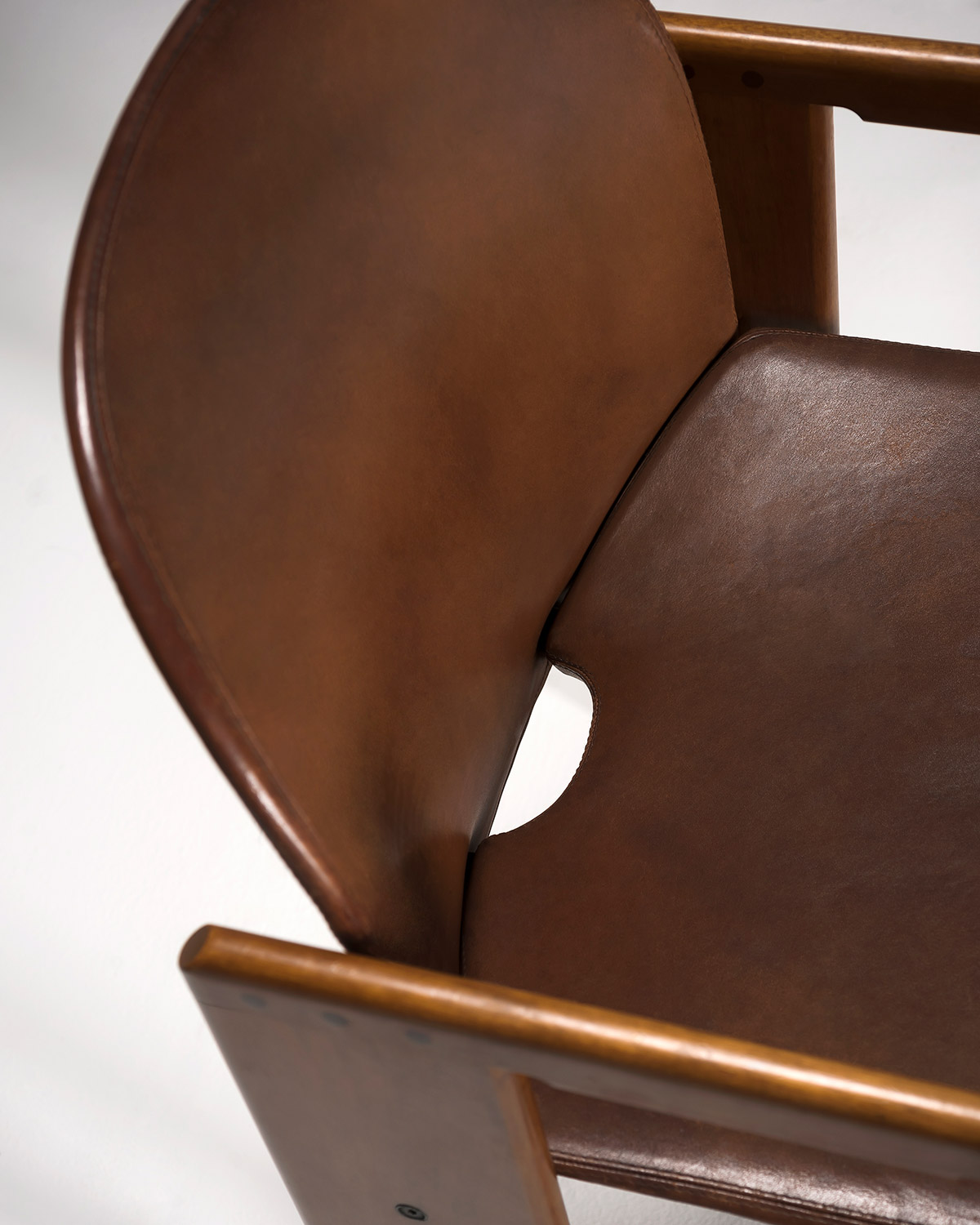
For Scarpa, the main challenge in designing a chair is to ensure its durability over time. “It is an object that is used a lot and therefore must guarantee a certain response time, it cannot break when it happens, it must break when time proves lost”.
 Prev
PrevTobia Scarpa’s passion for chairs can be generalized into a passion for classic aesthetics that also extends to other elements, such as the T-Table designed for Tacchini in 2023. This table is another example of how the skill of a designer can transform a simple object into a piece of “the exchange game between those who need any table and then are enchanted by a more intelligent form”. Tobia Scarpa’s design perfectly synthesizes structure, form, and functionality. His creations respect a delicate balance between creativity, craftsmanship, and industrial production free from academic stereotypes: they are timeless projects, that match any style, communicating harmoniously with each other and with the other elements present in the room.


